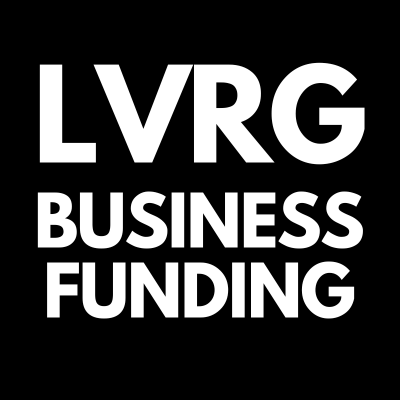When You Run Out of Cash, You Run Out of Business
Introduction
In the ever-changing landscape of business, ensuring a steady flow of capital is essential for survival. As an entrepreneur, it is crucial to recognize that cash is the lifeblood of any enterprise. When funds run dry, a company's ability to operate, innovate, and grow is severely compromised. It is a simple truth: when you run out of cash, you run out of business.
Cash: The Fuel for Growth
Cash is the fuel that drives every aspect of a business forward. From day-to-day operations to long-term strategic initiatives, everything requires funds to execute. Without an adequate cash flow, a company's growth prospects become stagnant, hindering its ability to compete effectively in the marketplace.
Operating expenses, employee wages, raw materials, marketing efforts, and expansion plans all rely on sufficient cash reserves. It is through these financial resources that businesses are able to invest, innovate, and adapt to market demands. Without cash, progress and momentum come to a screeching halt.
Cash Flow Challenges
Sudden shifts in customer demand, economic downturns, unexpected expenses, or delayed receivables can disrupt a company's cash flow, putting its survival at risk. Small and medium-sized enterprises (SMEs), in particular, can be vulnerable to such challenges. Limited access to financing options and reliance on timely payments can exacerbate the impact of cash flow disruptions.
Inability to pay suppliers or employees on time can damage relationships and tarnish a company's reputation. It becomes increasingly challenging to attract new customers or retain existing ones when a business cannot deliver on its promises due to financial constraints. Ultimately, a negative cash flow situation creates a downward spiral that can be difficult to recover from.
Mitigating Cash Flow Risks
To sustain a healthy and vibrant business, proactive measures must be taken to safeguard against and mitigate cash flow risks. Here are a few strategies that can help:
1. Efficient Cash Management: Implementing robust financial management practices, such as regular cash flow analysis, proactive invoicing, and expense control, can help optimize cash utilization.
2. Diversification: Relying on a single customer or market segment can expose a business to significant risk. Diversifying the customer base and exploring new markets can help reduce dependence and even out cash flow fluctuations.
3. Access to Financing: Exploring small business financing options from LVRG such as small business loans, cash flow & working capital financing, business expansion loans, equipment financing, business lines of credit, and merchant cash advances can provide a safety net when cash flow challenges arise. Access to capital can bridge the gap during difficult times and enable strategic investments for growth.
4. Customer Relationship Management: Cultivating strong relationships with customers and encouraging timely payments through incentives or flexible payment terms can help improve the inflow of cash.
5. Continuous Innovation: Regularly assessing market trends, customer needs, and competitive forces can allow a business to adapt and innovate, ensuring a steady flow of revenue and avoiding cash flow stagnation.
Conclusion
Running out of cash can have dire consequences for any business. It obstructs growth, impairs operations, and can even lead to closure. Entrepreneurs must recognize the critical importance of maintaining a healthy cash flow and proactively implement strategies to mitigate cash flow risks. By embracing prudent financial management practices and exploring financing options from LVRG when needed, businesses can avoid the perilous predicament of running out of cash and ensure their longevity in the marketplace.
Written by Charles M. Barr, CEO of LVRG Funding

